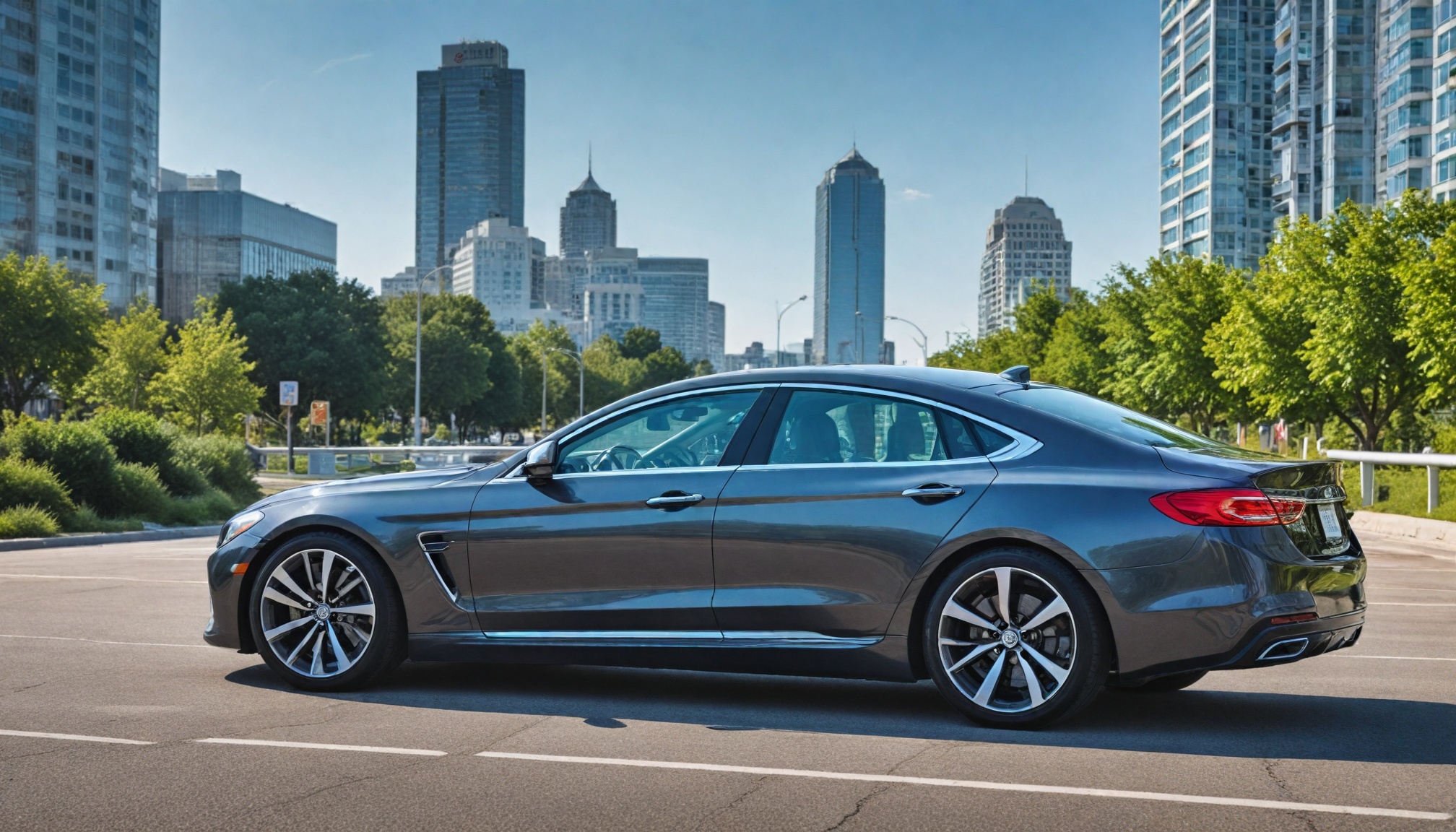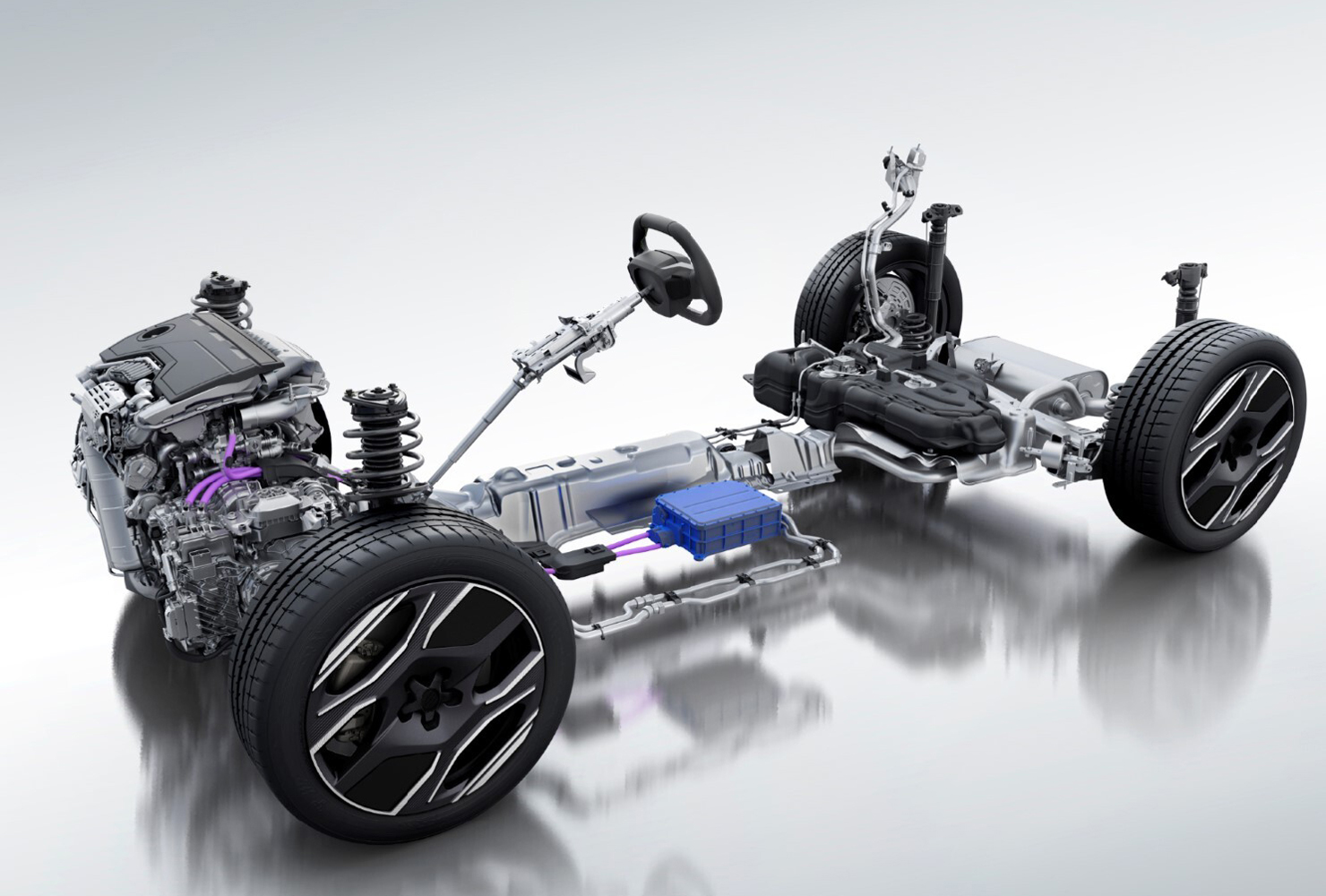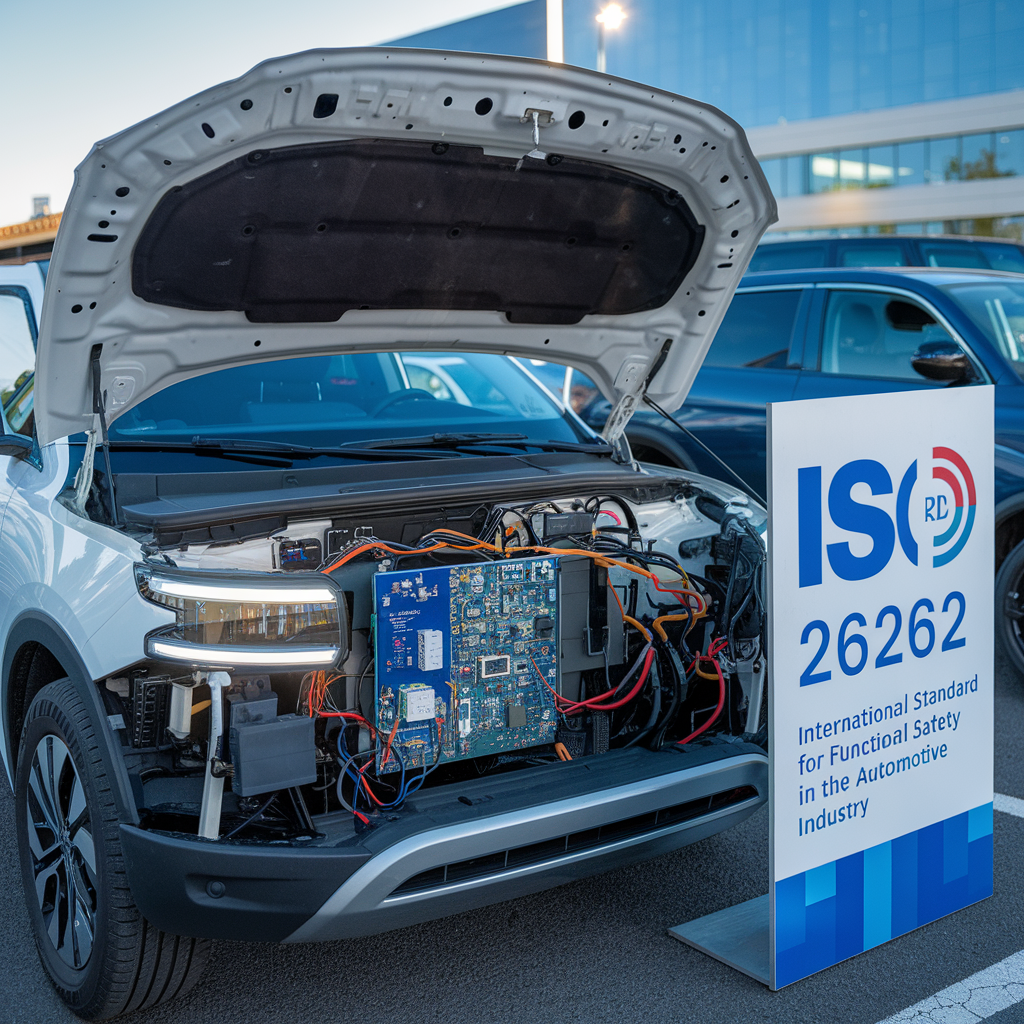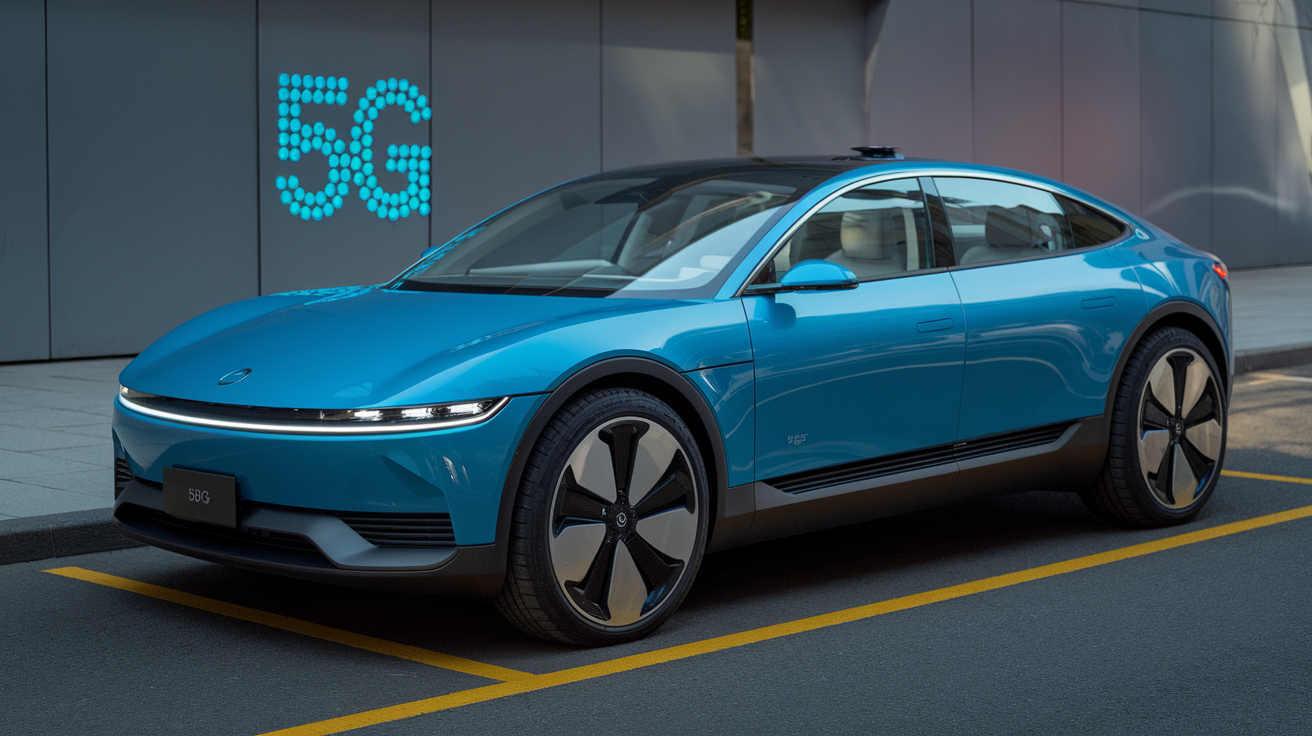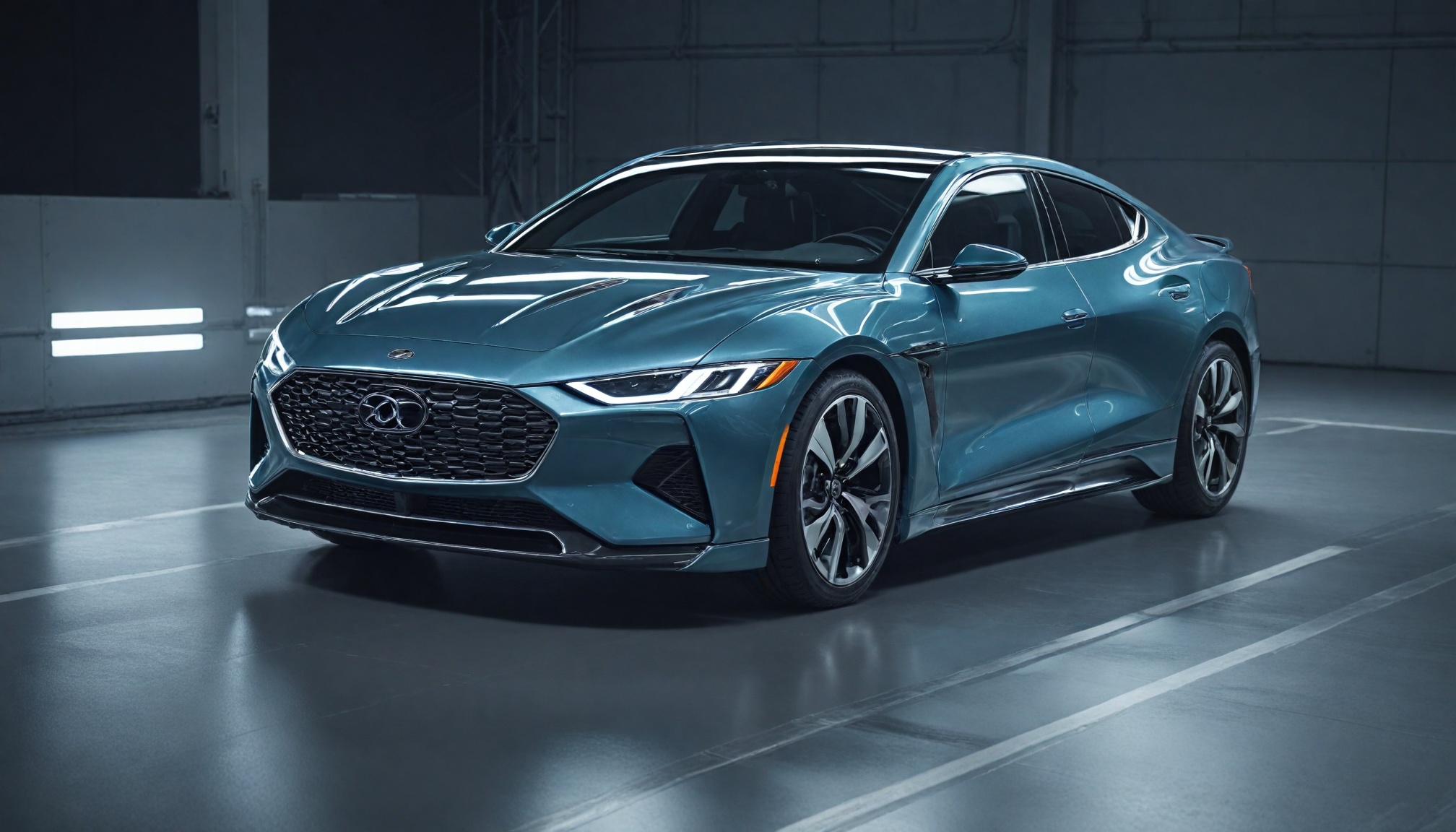
Integrated 8-channel driver ICs revolutionize automotive electronics with multi-load management, advanced diagnostics, and space-saving designs essential for modern electrified vehicles.

Drivetech Partners
The automotive industry is rapidly evolving with increasingly electrified and automated vehicles demanding sophisticated electronic control systems. Integrated 8-channel driver ICs represent a transformative technology in automotive body electronics, offering advanced diagnostics, configurable outputs, and robust multi-load management capabilities that are essential for controlling the complex array of systems in modern vehicles.
Key Takeaways
Multi-load management allows a single IC to control diverse components including LEDs, relays, and capacitive sensors
Advanced diagnostic features like limp-home mode ensure vehicles maintain essential functions even during failures
High channel count enables space-saving designs that reduce component count and PCB footprint
Driver ICs support ISO 26262 ASIL B qualification for safety-critical automotive applications
These integrated solutions are essential for next-generation vehicles with increased electrification and automation requirements
Multi-Load Management: Unifying Vehicle Electronic Systems
Modern automotive systems require sophisticated control of multiple different loads throughout the vehicle. Today's 8-channel driver ICs excel at unified load management, supporting diverse automotive components from a single chip. These versatile ICs can drive LED arrays (5-100 mA for LED-specific drivers), relays (up to 600 mA per channel), capacitive/resistive sensors, and various inductive loads.
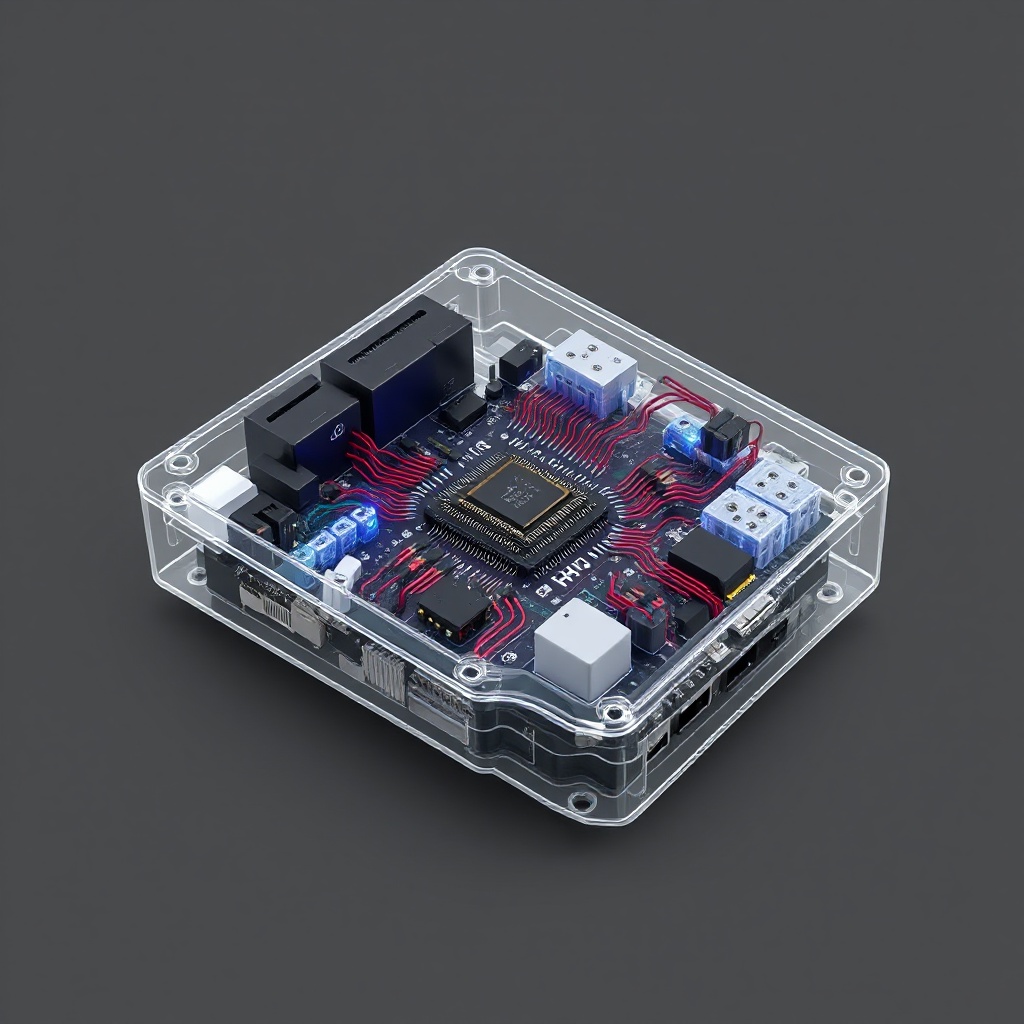
Several leading manufacturers have developed impressive solutions in this space:
STMicroelectronics' L9026 features six configurable high-side/low-side outputs and two high-side outputs, handling both resistive and capacitive/inductive loads
ON Semiconductor's NCV7240 delivers up to 600 mA per channel with SPI control for precise load management
Texas Instruments' DRV8908-Q1 offers automotive-qualified half-bridge 8-channel driving with 40V/6A per channel capability
This advanced load management creates a centralized control hub for distributed electronic subsystems including interior and exterior lighting, door locks, HVAC controls, and touch interfaces. The ability to manage multiple different loads from a single controller drastically simplifies vehicle architecture while improving reliability.
Advanced Diagnostics and Real-Time Protection Features
Safety is paramount in automotive applications, and these driver ICs include comprehensive diagnostic capabilities that make vehicles smarter and more reliable. These features include open/short circuit detection, overcurrent monitoring, overload protection, and overtemperature shutdown.
Fault reporting occurs via SPI interfaces or dedicated pins, enabling rapid troubleshooting and system-level fault management. Specialized protection modes like "bulb-inrush mode" and output clamping protect circuits during high startup current situations common with lighting and inductive loads.
Perhaps most important is the "limp-home" functionality which maintains essential vehicle operations during failures. For example, the L9026 can selectively enable critical outputs while disabling others to ensure a vehicle can safely reach a service location even after a partial system failure.
These protection features support ISO 26262 ASIL B qualification required for safety-critical automotive applications. The real-time diagnostics also reduce vehicle downtime and improve maintenance efficiency across the entire vehicle lifespan.
Space-Saving Modular Designs for Next-Generation Vehicles
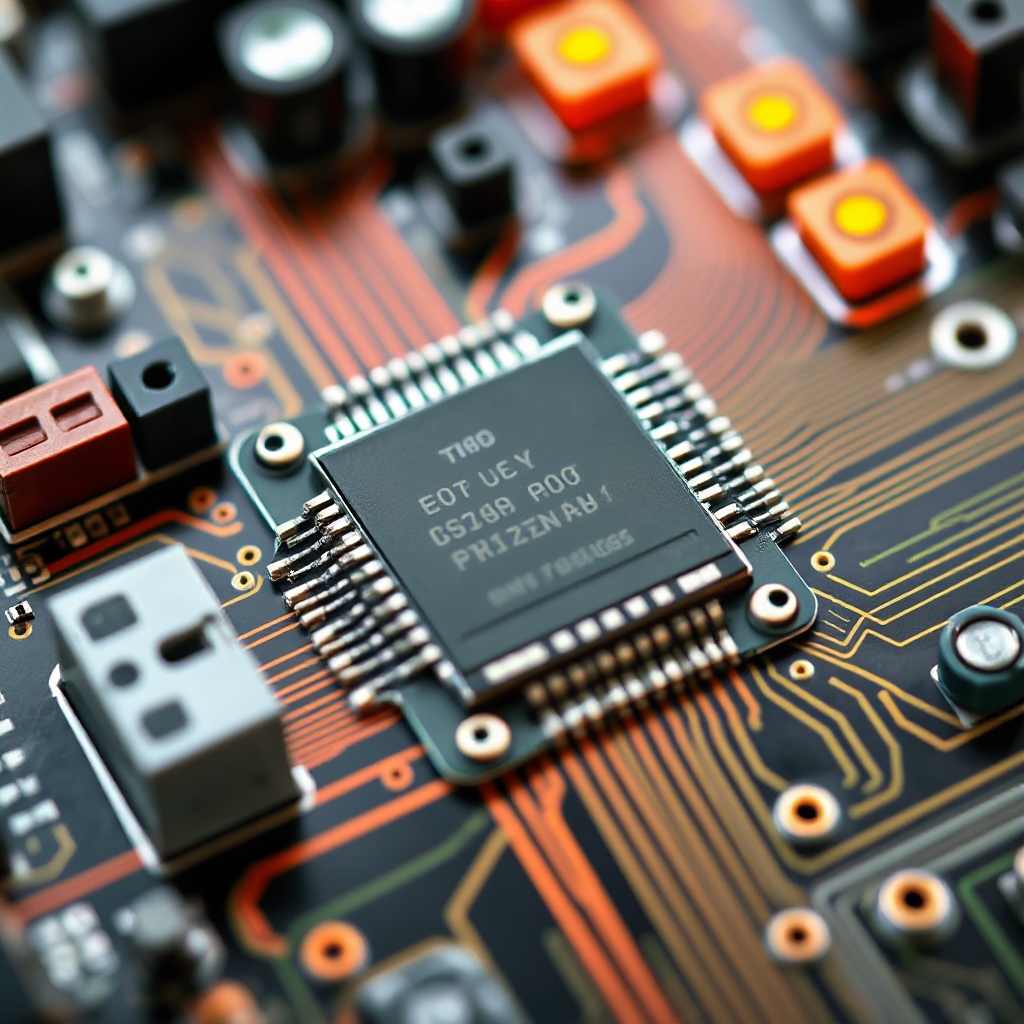
The high channel count of these ICs (8 outputs per chip) drastically reduces component count and PCB space requirements. Compact packaging options like 5 × 5 mm QFP, SSOP24, and VFQFPN32 facilitate dense integration in space-constrained automotive ECUs.
This integration leads to significant BOM reduction through consolidation of multiple drivers and relays into single devices. Many of these solutions are also cost-effective; the L9026, for instance, is priced at just $0.90 for 1,000 units while maintaining or improving system reliability.
The simplified PCB routing requirements reduce manufacturing complexity and improve assembly yields. This modular approach supports future upgrades and updates to automotive electronic systems without requiring complete redesigns, making vehicles more adaptable to technological changes.
Meeting Evolving Safety and Connectivity Demands
Integration with high-speed interfaces like SPI, CANFD, and LIN-UART enhances system communication capabilities essential for connected car functionality. The built-in safety features support rigorous automotive reliability standards even in harsh operating environments.
These driver ICs support real-time distributed control architectures that enable more sophisticated software-defined vehicle platforms. Their enhanced fault tolerance and fail-safe operation are essential for increasing levels of vehicle automation.
Compatibility with OTA (over-the-air) update capabilities helps future-proof vehicle electronic systems. Devices like TRAVEO T2G microcontrollers from Infineon feature up to 8-channel CAN FD interfaces with ASIL B support specifically designed for body electronics applications.
LED Management in Modern Vehicle Lighting Systems

Specialized drivers like ALED8102S provide 8 low-side constant current channels (5–100 mA) specifically optimized for LED applications. Support for PWM dimming enables sophisticated ambient lighting and dashboard indication functions that enhance both the functionality and aesthetics of modern vehicles.
These drivers offer 19V maximum voltage compatibility with automotive electrical systems, including protection during load dump conditions. AEC-Q100 qualification ensures reliability in demanding automotive environments, while thermal management features prevent LED damage during overtemperature conditions.
The importance of specialized LED drivers continues to grow as vehicles incorporate more LED lighting for both functional illumination and aesthetic purposes. Modern vehicles may contain hundreds of LEDs across interior ambient lighting, exterior lighting, and indicator systems.
Enabling Advanced Electrification and Automation
Driver ICs provide the foundation for advanced vehicle features including automated climate control, keyless entry, and power distribution. Their support for capacitive touch sensors enables modern touch-based vehicle interfaces and controls that are becoming standard in contemporary vehicles.
Enhanced reliability features like limp-home mode and comprehensive diagnostics become increasingly critical as vehicles rely more heavily on electronic systems. The integration with safety-critical systems supports increasing levels of driving automation, from ADAS features to fully autonomous driving.
These ICs offer compatibility with 12V, 24V, and 48V vehicle electrical architectures as electrification increases across the automotive industry. Their fault protection capabilities are becoming more sophisticated to handle complex failure scenarios in highly automated vehicles where system reliability is paramount.
Future Trends in Automotive Body Electronics Integration
The automotive industry is seeing a growing trend toward zonal architecture with distributed processing, which requires more intelligent driver ICs with enhanced capabilities. We're also witnessing increasing integration of power and signal management in single-chip solutions that reduce system complexity.
Future driver ICs will likely feature higher current handling capabilities to support more powerful actuators and lighting systems. Enhanced EMI/EMC performance will ensure compatibility with sensitive ADAS and autonomous driving systems.
Further miniaturization with advanced packaging technologies will support tighter integration in increasingly compact electronic control units. Integration with wireless technologies like Bluetooth and Wi-Fi will enable enhanced connectivity and remote diagnostics.
The development of software-configurable driver solutions will support platform-based vehicle development approaches, allowing manufacturers to adapt and update vehicle functionality throughout the product lifecycle.
Sources
Texas Instruments - DRV8908-Q1
ON Semiconductor - NCV7240 Datasheet
Electronic Design - 8-channel driver offers configurable solutions for automotive body electronics
STMicroelectronics - ALED8102S
Infineon - TRAVEO T2G CYT3BB/CYT4BB Series
RepairPal - What is Limp Mode & Why Cars Use It

